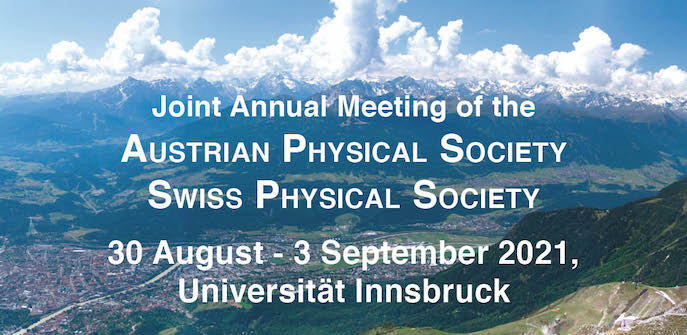We present the concept of the spatial affinity lock-in amplifier to reject environmental noise in label-free biosensing at the example of focal molography. Molography is a sensitive and robust implementation of a diffractometric biosensor and has emerged as a new platform technology to study biomolecular interactions label-free in complex fluids and living cells. Molography is insensitive to...
In-vitro cell cluster models, as cancer spheroids and organoids, have become valuable models in the life sciences. We have developed a sono-optical microfluidic device with 3D acoustic trapping and optical tweezers for non-contact manipulation and imaging of such samples in liquid suspension. With 3D independent control of the transducers we can adjust the relative strength of the acoustic...
The mechanical forces involved during tissue morphogenesis have been the focus of much research in recent years. Absolute values of forces during tissue closure events have not yet been measured. This is also true for a common force producing mechanism involving MyosinII waves resulting in pulsed cell contractions. A magnetic tweezer, combined with confocal microscopy provides a powerful tool...
The PETITION (PET for InTensive care units and Innovative protON therapy) collaboration recently started to develop two Positron Emission Tomography (PET) systems to enable novel clinical applications. The first system (ICU-system) will be a mobile brain PET scanner, for the intensive care unit. The second system (PBT-system) will be employed in proton beam therapy featuring an opening for...
Ion therapy treatment planning requires an accurate estimate of the energy deposition of the ions per path length (stopping power) in the patient. From a conventional planning CT, Hounsfield units are obtained that have to be converted to stopping power values leading to range uncertainties. Ion computed tomography (iCT) allows to directly measure this quantity. In this scope, research...
In my talk I will present recent advances in designing tailor-made states of light with optimal properties in scattering across highly disordered media. First, I will discuss how the concept of Fisher information allows us to distill from the measurable scattering matrix of a system the unique state of light, which delivers the maximum amount of information about a desired system parameter of...
Coherent backscattering (CB) of waves by a random medium provides convincing evidence of interference effects despite disorder and multiple scattering. The CB is manifested as an enhancement in the angular distribution of the backscattered intensity. In this presentation, I will present results on the effects of a vorticity filament on the CBC. Using ultrasonic waves in a reverberating cavity,...
Honeybees use alarm pheromone to recruit bees into mass stinging of large predators. This pheromone is carried on the stinger, hence its concentration builds up during the attack. We investigate how bees react to different pheromone concentrations, and how this evolved response-pattern leads to better coordination at the group level. We present an experimental dose-response curve to the alarm...
Based on measurements from the Meteosat geostationary satellites we model the surface UV radiation in the Alps. Clear sky UV radiation depends on the solar elevation, ozone and aerosols, and, specifically relevant for the alpine regions, altitude and surface albedo. Using a radiative transfer model, measurements of visible to infrared wavelengths are used to gauge the change in surface UV...
Scattering in biological tissues is a major barrier for in-vivo optical imaging. It can be corrected by shaping the excitation wavefront to redirect power into a single point in the imaging plane but fast, non-invasive determination of the required wavefront compensation remains challenging. Here, we introduce a new scattering compensation algorithm, termed DASH, in which holographic phase...
